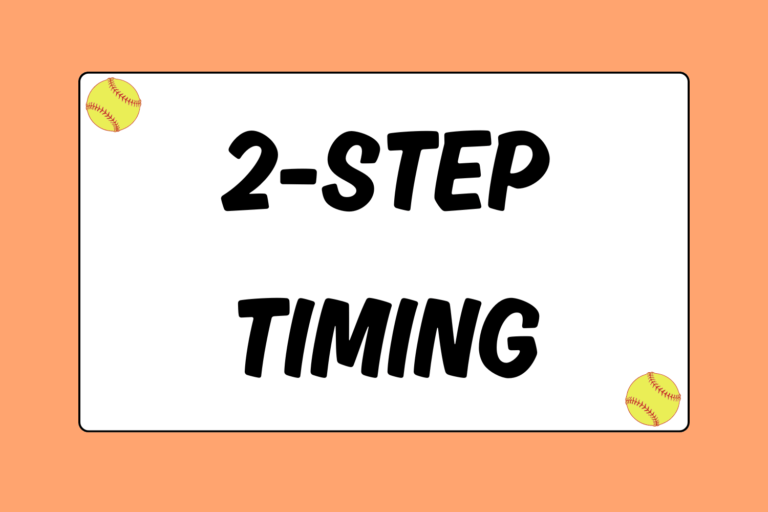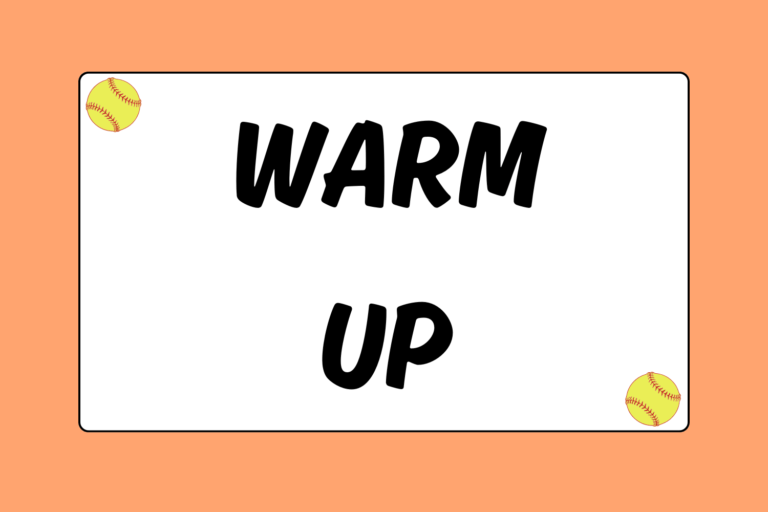When a ball is hit to the outfield, it’s not always the best strategy to have the outfielder throw it in all the way — especially if there are runners moving around the bases or if her throw is not strong enough. Depending on the situation, it’s sometimes faster for the infielders to cut off an outfielder’s throw midway as it travels to the infield.
There are many different strategies that teams use to cut off the throws from the outfield. Some teams would prefer that only the shortstop and second baseman be involved, while others also involve the first and third basemen. This guide will cover the most common strategies being used for cutoff plays. So follow along and learn how cutoffs are performed —you can help your team prevent runners from taking extra bases.
When to Use a Cutoff
A cutoff is a relay from an outfielder to an infielder — an attempt to get the ball to the infield as fast as possible. Before knowing how to perform a proper cutoff, you have to know when to use one. Listed below are examples of situations that would typically call for a cutoff:
- A ball is hit deep into the outfield (near the fence) and there is a play to be made at the plate.
- A ball is hit deep into the outfield (near the fence) and there is a play at any base, but the outfielder fielding the ball does not have a strong enough throw to make it in all the way.
- The incoming throw (from the outfield) needs to be cut off so that a play can be made at a base that’s different than the original destination.
- The throw is offline.
- The throw is losing velocity as it travels in.
The Shortstop & Second Baseman
A lot of teams will opt to only involve the shortstop and second baseman in the cutoff play. In this situation, the second baseman will act as the cutoff for any hit landing in the outfield between the first base foul line and center field. The shortstop, on the other hand, will act as the cutoff for any hit between the third base foul line and centerfield. If anything is hit to the centerfielder, the shortstop will act as the cutoff.
In most instances, this setup works well. However, without a fence, the ball can roll incredibly far and two cutoffs may be necessary (depending on the strength of the outfielders’ arms). In this case, the person designated as the cutoff will continue being the first cutoff (closest to the outfielder fielding the ball), but the second player will also trail behind to be the second cutoff. For example, if the ball is hit deep to right field, the second baseman will be the first cutoff and the shortstop will trail to be the second cutoff.
“We’re going to step on the field knowing that every team we’re going against is going to push their game to that whole new level that we probably hadn’t seen … We’ve just got to be ready to step up with them.”
Crstyl Bustos
USA Softball
Involving the First & Third Basemen
The second scenario for cutoffs involves almost the entire infield (except the pitcher). In this case, the second baseman and shortstop are still responsible to be the cutoffs for their respective territories between the foul lines, but only if the play is not at the plate. That is, the second baseman still acts as the cutoff for anything hit to the right of centerfield, and the shortstop is the cutoff for anything hit to the left.
However, for the play at the plate, the first and third basemen get involved. To avoid leaving bases uncovered, many coaches will opt to use first and third basemen as the cutoffs. Anything hit to the left of centerfield will be cut off by the third baseman as it travels to the plate. Likewise, anything hit to the right of centerfield will be cut off by the first baseman. The shortstop and second baseman cover any open bases.
On balls hit deep to the outfield, the shortstop and second baseman may come out to act as the first cutoff. They would then throw to the first or third baseman for the play at the plate.
Hot Tip: Know Their Strengths
As an infielder, you must be comfortable with the outfielders in your cutoff territory. Know their strengths and their weaknesses, and move yourself appropriately on the field to accommodate.
If an outfielder has a weaker arm, compensate by getting closer to her for the cutoff. Likewise, if she has a cannon, get far enough away that she can fire it home.
The Voice of the Play
The catcher is the voice to every cutoff — she calls the plays and lines up the infielders. Cutoffs are not used because of a lack of faith in the outfielders’ strength (although their arm strength does need to be considered when determining whether a throw needs to be cut off). But Sometimes an opportunity missed to throw out a runner at the plate is an opportunity gained to throw someone out on the bases. If the ball is mid-flight to the plate, no play can be made anywhere else. If the ball is cut off, you might still have a chance for an out at another base.
There are a few commands that every catcher needs to be comfortable with to direct the play — whether the infield should let the ball through or cut it off, and to which base:
- Let it through: This easy command tells the infield that the throw is on line and the catcher is willing to try for the play at the plate. No cutoff needs to be made.
- Cut, cut, cut: This command signals to the cutoff that the ball needs to be cut off, and then relayed to its original destination (most likely, the plate).
- Cut one: This command tells the cutoff to cut off the ball and throw it to first base, instead.
- Cut two: This command tells the cutoff to cut off the ball and continue the play at second base.
- Cut three: This command tells the cutoff to cut off the ball and fire it to third.
Listening to the catcher will prevent the ball from being thrown aimlessly around.
Get it In!
As an outfielder, never hold onto the ball. Get it to your cutoff. The longer you have possession of the ball, the further the base runners are advancing. You should already know where to throw ahead of time, and your cutoff should be in position with her hands up, so just fire it! No matter what, the ball cannot remain in the outfield if a runner is moving around the bases. Hit the cutoff and give your team the best shot at preventing any runs from scoring!





